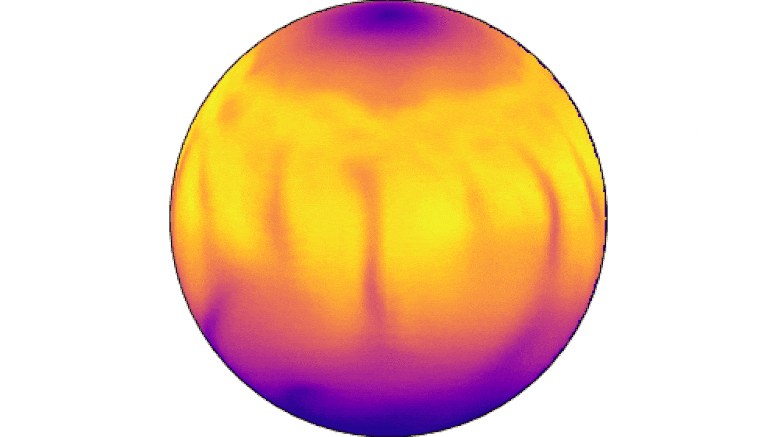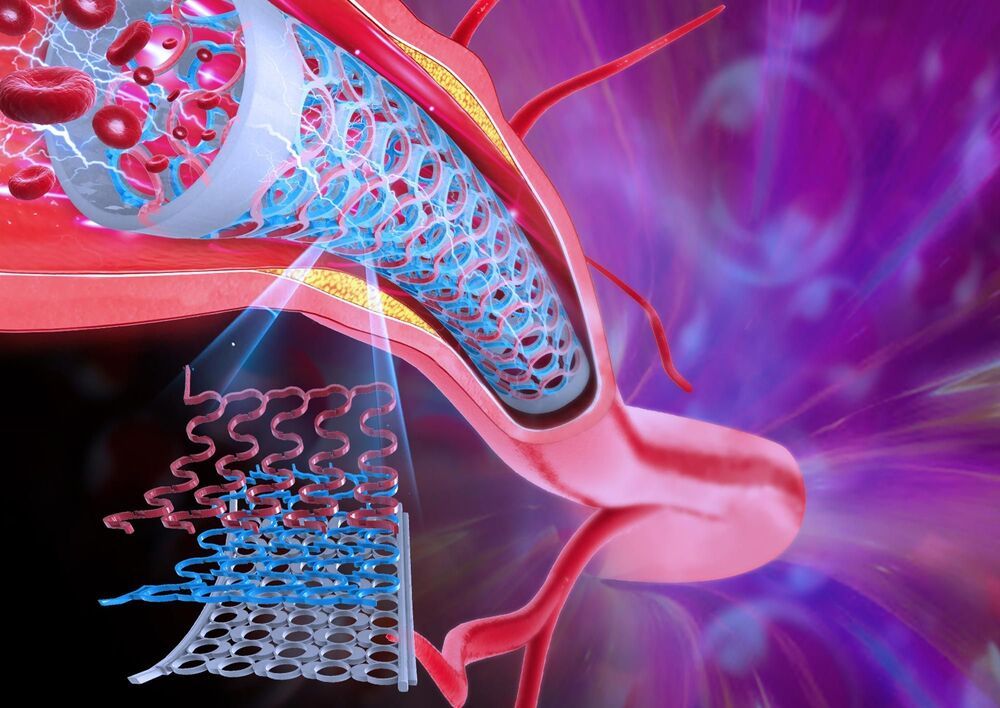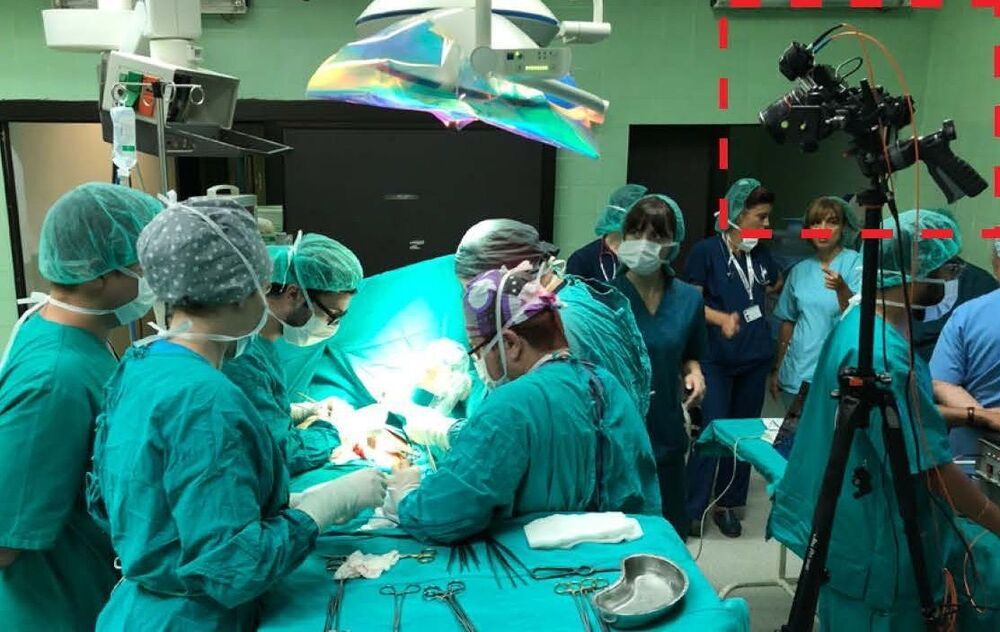New research is helping to explain one of the big questions that has perplexed astrophysicists for the past 30 years — what causes the changing brightness of distant stars called magnetars.
Magnetars were formed from stellar explosions or supernova e and they have extremely strong magnetic field s, estimated to be around 100 million, million times greater than the magnetic field found on earth.
The magnetic field on each magnetar generates intense heat and x-rays. It is so strong it affects the physical properties of matter, most notably the way that heat is co nducted through the crust of the star and across its surface, creating the variations in brightness which has puzzled astrophysicists and astronomers.









